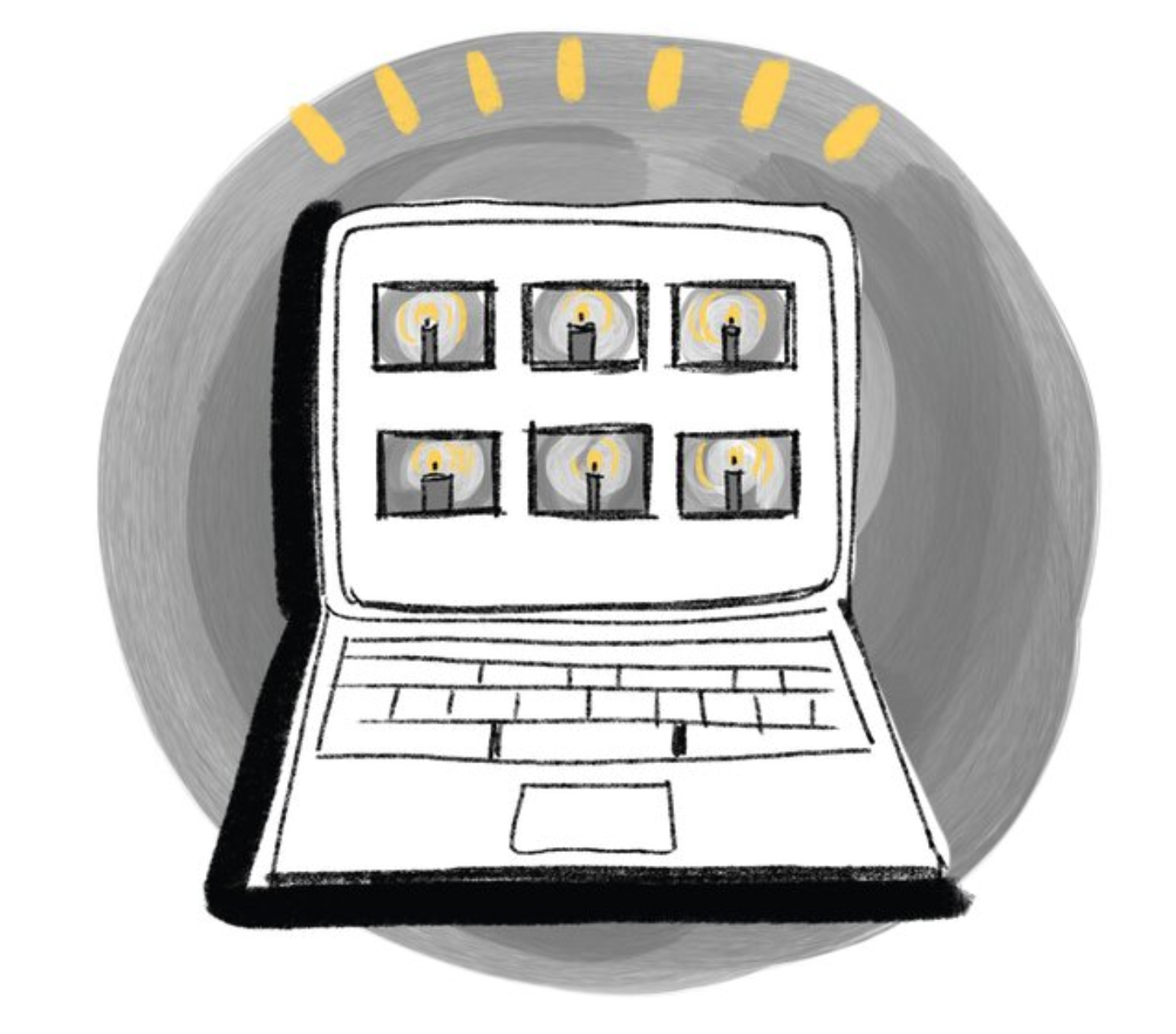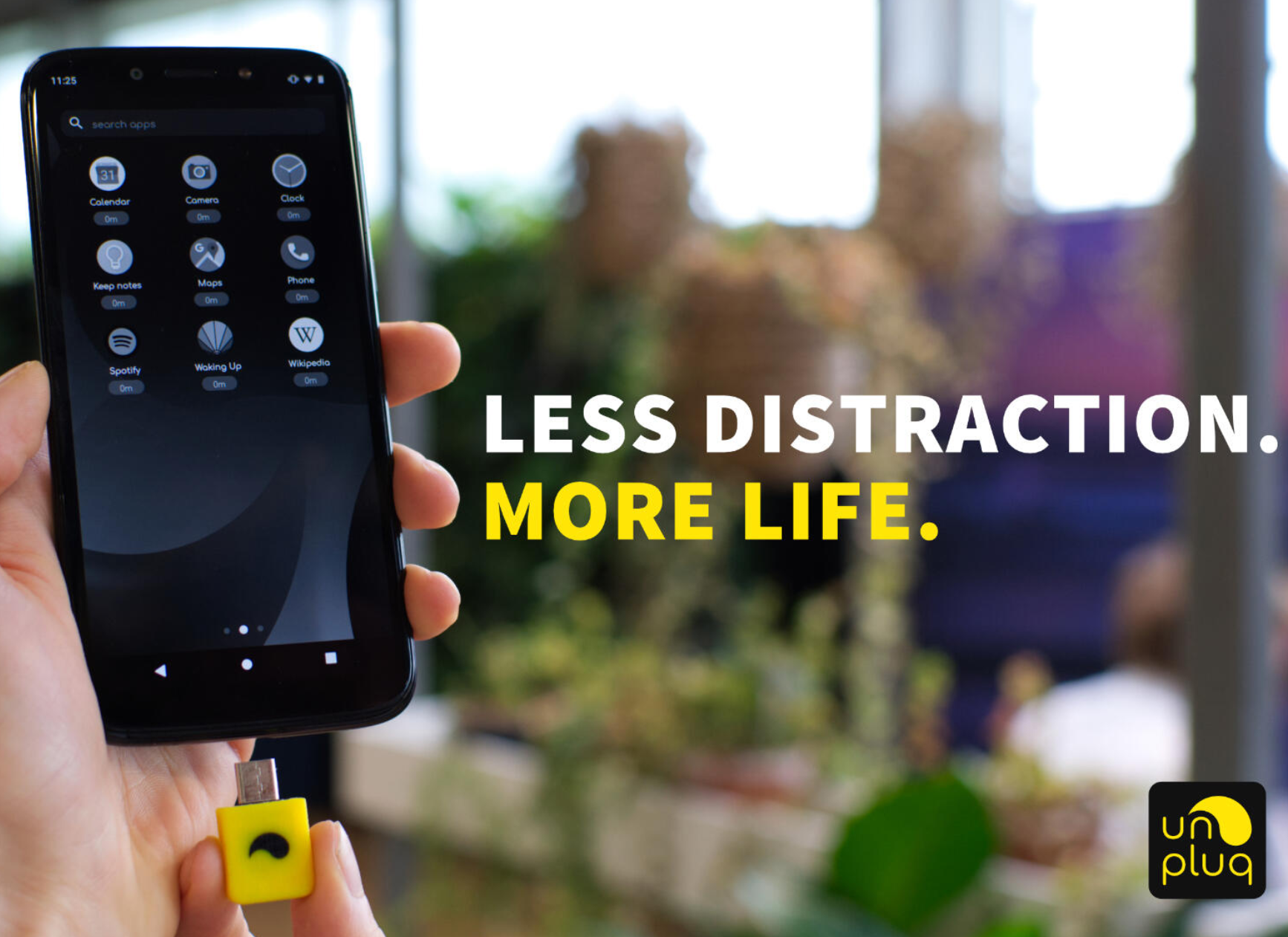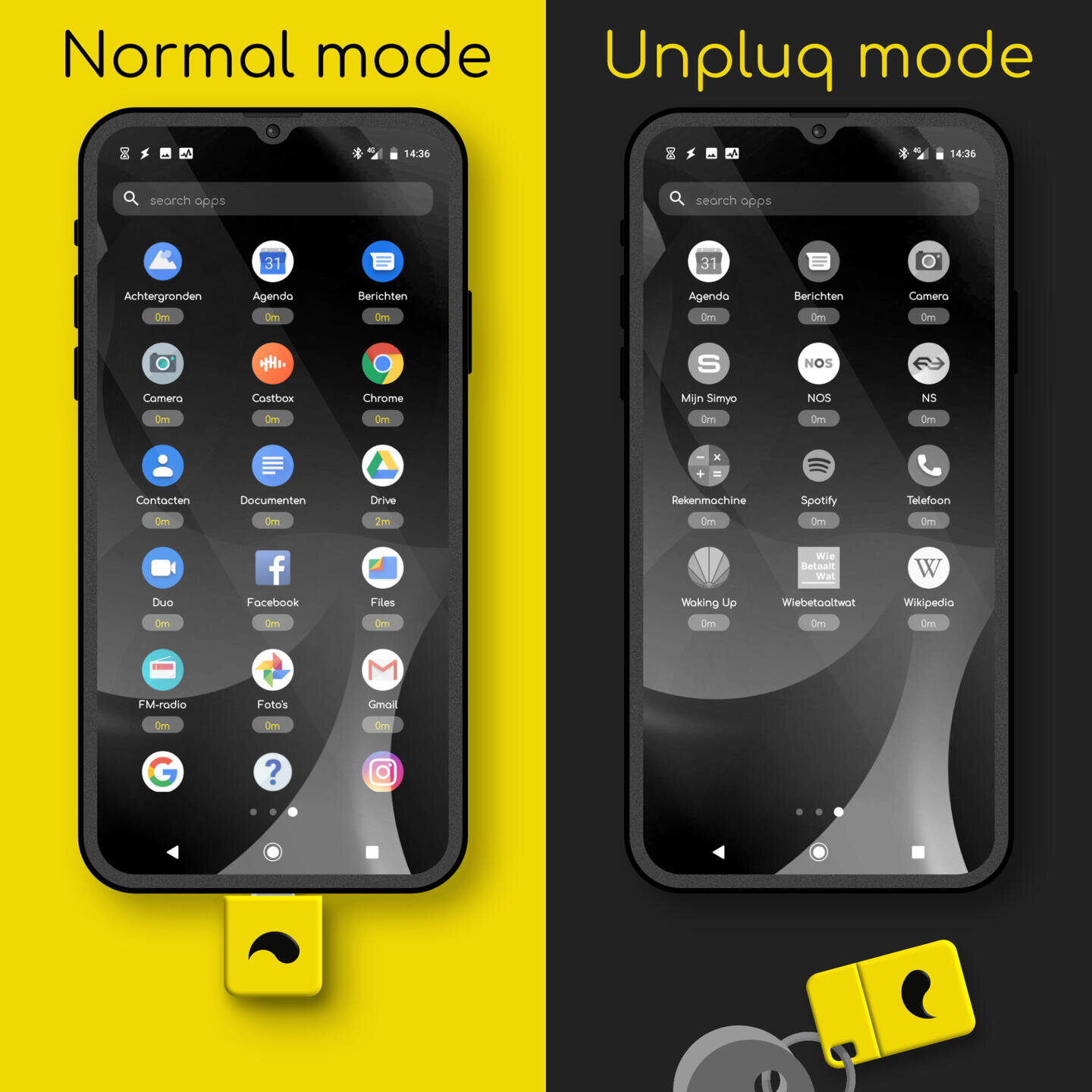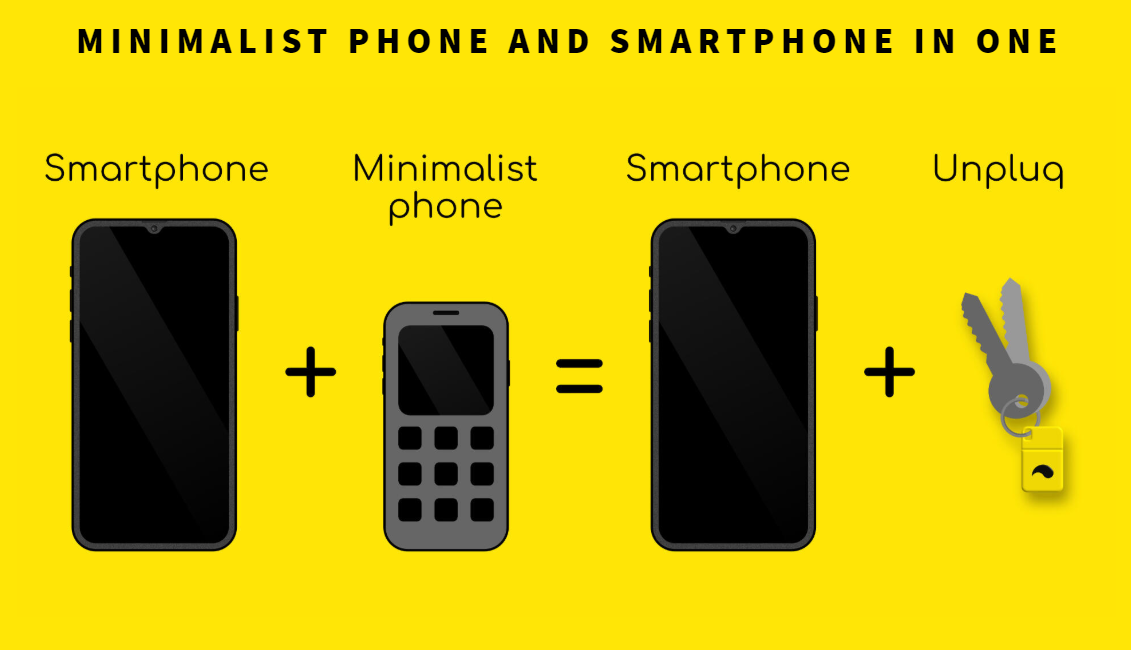
Real Talk with Rijul Arora
Can you imagine stopping your social media usage cold turkey?
Listen to Real Talk with Rijul Arora to learn his actionable practices to integrate tech-life balance into your daily routine.
Discover what happened when Rijul Arora Stopped Using Social Media For Seven Months.
Rijul, found a better way of using social media in this current generation. Watch his TedX talks to learn how he and hopes to help people around the world evolve their relationships with technology.
Real Talk with Youth4Youth: Look.Up Live Summit 2020
Action Areas-
Mental Health: How social media platforms are fueling mental health decline and what youth are doing about it
Advocacy and Regulation: What young people can do to change public policy
Tech Design and Ethics: How GenZ is applying an ethical lens to tech design and business models
Truth: Youth solutions that address how misinformation and false identities are shaping society
Tech for Good: How youth use technology in ways that positively impact society and relationships
This youth-led event featured the voices, solutions, and actions of youth leaders who are already stepping up to shift social norms away from hyper-connectivity to greater tech-life balance - while sparking a movement to reset tech - as stated by The Social Dilemma for "the interest of people, not profits."
Learn more about the impact of LookUp.Live
”Young people are succumbing to the pressure of digital overload, 24/7 connectivity, and social media, which is fueling alarming rates of anxiety, depression, loneliness, and suicide.
LookUp.Live provides opportunities for youth to develop healthy relationships with technology and reverse the negative effects of living in a digital age by facilitating the discovery, development, and advancement of youth-led solutions.
Instead of having adults solve a problem they haven’t lived through, let’s get right to the source: by listening to Millennials and Gen Z, using personal experience as fuel for real change.
LookUp.Live funds youth-led innovations aimed at solving some of today’s toughest problems: burnout, depression, lack of focus, lack of genuine connection, and insomnia among many other problems— all accelerated by our new world of technology and 24/7 connectivity.
LookUp.Live empowers young people using the greater school system and youth-based organizations to disseminate relevant information relating to tech-life balance and maintaining a healthy relationship with technology.
LookUp.Live challenges and inspires readers with science-backed tips and tricks for managing technology, suggesting small steps that add up to make a huge difference.
LookUp.Live listens to young people to continue growing and adapting as an organization aiming to solve the myriad of problems caused by tech overload.”
Digital Flourishing Toolkit™ Tech Wellness Solutions
Tech Wellness Solutions to help you achieve balance with technology.
Digital Flourishing Toolkit™ Includes
A special selection of solutions for your mind, body, and privacy.
This special Toolkit is recommended by leading experts at the Digital Wellness Institute.
Explore the Digital Workbook to accompany this evolving Tech Wellness Solution Starter-Pack.
Body
Support ergonomics and improve sleep quality.
The Adjustable Tech Stand
The Tech Stand. Elegant and Solid. This highly adjustable cellphone stand is strong, sturdy, lightweight, and does the trick nicely. We scroll, shop and sometimes we even relax and watch our Tech Wellness YouTube channel- This handy stand makes it grand! In metallic black, it can support all smartphones and tablets horizontally.
And we find our necks and shoulders are much more relaxed as we don't "hunch over" our phones as we text and scroll. And bonus: we avoid tech-neck(oh my--it's real!) and this is honestly a great tech neck solutionn.
The Blue Light Blocking Glasses
Blue Blocking Orange Shades. The luminous digital blue light that comes from all of our devices can affect your sleep and cause tension. At Tech These wrap-around amber glasses keep your circadian rhythms happy and healthy and relax your eyes by blocking 86% of blue light. The details of why being mindful of blue light are important to see our Blue Light And Your Body Guide.
Mind
Achieve peace of mind and spark creativity.
The Analog Clock
The Analog Clock. We recommend that you turn off all digital devices and charge your smartphone in another room and enjoy the best radiation-free and revitalizing sleep. The Braun alarm clock is beautiful and functional. Sleek. Modern. Silent.--Except of course when the lovely gentle beep sounds to wake you as it grows louder to a crescendo- No EMF radiation means fewer toxins in your environment. The 3" diameter, non-ticking, the clock features snooze and nightlight in 3 color choices: Matte Black Clock With Black Dial, Matte Black Clock With White Dial, Matte White With White Dial.
Privacy
Utilize reusable stickers to cover your camera and protect your digital identity
The Webcam Cover Collection
Creep Blocker Webcam Covers The Digital Age has brought privacy to our attention. Someone watching or spying on you through your cellphone or computer is just plain Creepy, which is why we love Creep Blockers. High quality, re-usable removable, and residue-free vinyl decals designed to protect your privacy with style and personality.
Suitable for webcams, camera lenses on cellphones, laptops, computer monitors, Smart TVs, gaming consoles, Alexa, Google Home, and any other device that may have a built-in camera.
And each pack also includes specially designed sizes to Block Computer Microphones, including Apple Air Microphone and Macbook Microphones
Fire
Feeling Burnt Out?
Join people across the world on August 1-2, 2020 for 24 hours of collective presence.
It starts with a global sign-off.
Pass the flame.
Enlighten others to #plugintolife for #GlobalDayofUnplugging 🕯
Why Sign Off by candlelight?
Candle lighting is ritual for many cultures that symbolizes transition, memory or appreciation. By participating in the Global Day of Unplugging Sign Off you will have the chance to set individual intentions about habits and to feel a sense of accountability in making meaningful changes.
The flames we spark on Global Day of Unplugging will burn into our memory as a reminder to maintain a healthy life/tech balance.
Get ready to Sign Off
Grab a candle (flameless works too) and/or print out this fill-in-the-blank sign. After sundown on August 1st light a candle and take the time to write out what you want to spend time doing over the next 24 hours in celebration of Global Day of Unplugging.
Share these graphics on your social media channels so others can get involved.
Don’t forget to tag @globaldayofunplugging #plugintolife #globaldayofunplugging 🌍
Feel good? Pass it on.
#TogetherWeFlourish
Less Distraction. More Life.
🎧Listen to real talk with unpluq founder, Tim Smits.👏
learn how to create a barrier to distraction.
UNPLUQ ENABLES YOU TO SPEND TIME ON THE MEANINGFUL THINGS IN LIFE.
It frees you of distractions smartphones inevitably bring along. It enables you to decide when you want to be free of distraction, or when you want your entire phone’s functionality, by plugging the Unpluq key in or out.
By detaching the Unpluq key from your phone, the launcher switches to Unpluq mode. In Unpluq mode, only apps of your choice will be available and notifications of all other apps will be blocked. Yet when you make the conscious decision to plug the Unpluq key back in, you will have the functionality of your entire phone, and your missed notifications will be shown to you.
“You decide when you want to focus and make a conscious decision of when to physically plug it back in.”
PHYSICAL Benefits
Unpluq is a combination of hardware and software to regain control over your smartphone. With the addition of a physical key you have the option to create the barrier to distraction yourself: you can decide where to store the Unpluq key when you want to focus. Furthermore, you have to make a conscious decision to physically plug it in and enter the room of distraction.
Why?
78% of teens check their devices at least hourly, and 50% report feeling “addicted” to their phones; meanwhile, 69% of parents check their devices at least hourly, and 27% of parents feel "addicted"
Source: Lake Research Partners, 2016. Common Sense Media
🎧Listen to learn about the Unpluq mission on real talk with unpluq founder, Tim Smits.
Itunes | Spotify | Google Podcast | Youtube
Digital Flourishing™ Across the Internet
🔍Discover the possibilities🙌 Participate in the #DigitalFlourishingChallenge #TogetherWeFlourish 🌍🎉
Find and Seek Positivity
Online, I seek out ________________________ to feel positive.
Find out how you can adjust your radar to find what sparks your positivity during these trying times.
Visit digitalflourishing.com to take the 2-minute #digitalflourishing quiz to receive your custom score and actionable tips.
“We are healing in layers and layers.
We are all in this together, and together we flourish.”
Digital Flourishing
Mental Health is one of the six pillars of Digital Flourishing.
Characteristics of optimal use include a sense of intention and control. Active rather than passive use. Refraining from negative social comparison and preventing fear of missing out.
Take the Digital Flourishing Survey to receive your personalized Digital Wellness score.
Resources
High digital flourishing in the domain of Digital Flourishing focuses on positive social comparison, intentional use, and conscious consumption.
Learn tips for each aspect of Digital Flourishing by exploring the Digital Wellness Toolkit for actionable practices to prioritize your wellness when using digital technology.
How are you feeling in this moment? What do you seek to find a feeling of hope, positivity, or joy?
Share your answer with #digitalflourishingchallenge ⬇️
can you use social media like a buddha?
When faced with difficult circumstances, don’t recreate more discomfort. Click to learn how to create digital boundaries.
I admit it, there are times I use social media fill up the empty parts of my day. Whether it's in a waiting room, in line at the grocery store, or laying in bed to pass the time.
Sometimes, I use social media a little less innocently. I sometimes use social media to numb my own discomfort. When i'm stressed out about school work, in an uncomfortable social situation, or adjusting to change.
Over time I've noticed that when I reach for my phone after feeling uncomfortable or anxious, I get off the phone feeling 10x more anxious than I was before. We live in a world of immediate comfort; numbing ourselves with fast food, television, substances, party culture, hard work, and you guessed it, social media. Social media has created so many opportunities, but when used unconsciously, it can also have detrimental effects, many of which have been seen in scientific studies.
My university has a ‘trimester like’ schedule, so my winter break is actually a month and a half long, almost like a summer vacation. Although it might seem nice having a long break, I admit that I’m in emotional limbo for almost half of it. I’ve never ever been good with change, so half my break is usually spent adjusting to life back at home. I get used to living with my family again, working, seeing the people in my hometown, etc. then I head back to college and have to do it all over again. Once I’m in the swing of things I feel great, but when i'm in that limbo phase, I deal with a lot of discomfort.
This past break I had a remote internship 3 days a week, worked a few part-time jobs, started writing an EP, and spent time with family and friends, but I noticed whenever I had time to relax, discomfort would settle in.
This break especially, I noticed when I felt uncomfortable I was always going to my phone. Checking Instagram, Facebook, Snapchat, etc. After going on these social apps for a while I'd start to hear negative comments in my head like..
“this person is accomplishing more than you”
“you’re just so behind”
“you need to get more things like that”
“you need to make more posts like that”
These are some things I normally don't think to myself.
I was experiencing so much anxiety. More than I had in a long time.
So, I decided to pick up a book from my bookshelf called The Practical Neuroscience of Buddha’s Brain by Rick Hanson. I bought the book when I was younger, but wasn't able to understand it at the time. After hearing hearing an overly anxious and emotional script in my head, I thought I needed some type of rationale to counteract it. What better rationale than The Buddha?
I began reading and loved it immediately. The author started the first chapter by explaining how our neurons fire when we’re upset, and how each part of the brain reacts to emotions. He went on to describe what he calls the first darts and second darts. Here’s how he explains them:
“To borrow an expression from Buddha, inescapable physical or mental discomfort is the “first dart” of existence. As long as you live and love, some of those darts will come your way.”
So, in other words, “first darts” are the upsetting, sometimes inescapable things that happen in our lives. As long as we're taking risks and living our lives, these things will happen. Someone rear ends your car, you fail a test, your significant other breaks up with you, or life changes in some way. Hanson then says this:
“First darts are unpleasant to be sure. But then we add our reactions to them. These reactions are ‘second darts’- the ones we throw at ourselves.”
Second darts are the reactions we have to our first darts. For example, maybe failing a test is the first dart; an unpleasant, not so happy experience. Your second dart can be either positive or negative. You might look down on yourself and call yourself stupid, or you could appreciate that you tried your hardest, and decide to give it your best shot next time.
The most important thing in this equation, is the moment between your first and second dart, which can be a moment of either consciousness, or unconsciousness. After the first dart hits, are you choosing your reaction?
“Over time, through training and shaping your mind and brain, you can even change what arises, increasing what’s positive and decreasing what’s negative.”
The concept of the first dart and second dart made me think about my recent use of social media. Anytime I was dealing with discomfort from the change I was experiencing (the first dart), I responded to it with social media to numb my pain and then started comparing myself to others (negative second dart).
Hanson then explained my favorite concept of all: the 4 levels for consciousness in choosing your second dart. Here’s how he explains the levels and how I see them in regards to social media.
“As you deal with different issues on your path of awakening, you’ll repeatedly encounter these stages of growth”
Stage One- You’re caught in a second dart reaction and don’t even realize it.
Social Media Example- You feel discomfort, and it continues as you pick up your phone, scroll through social media, and compare yourself to others. This leaves you in a state of dissatisfaction, anxiety, and low self-esteem.
Stage Two- You realize you’ve been hijacked by greed or hatred (in the broadest sense), but cannot help yourself: internally you’re screaming.
Social Media Example- You feel the discomfort, but still resort to social media to numb it. You recognize that you’re doing something out of boredom/sadness/insecurity/anxiety, but you just can’t help it.
Stage Three- Some aspect of a reaction arises, but you don’t act it out.
Social Media Example- You recognize the feeling of discomfort, but before you reach for your phone, you sit with the feeling and remind yourself that you have the ability to comfort yourself.
Stage Four- The reaction doesn’t even come up, and sometimes you forget you ever had the issue.
Social Media Example- When discomfort comes up, you no longer feel the need to reach for your phone. You sit with your feelings, understand that they are just feelings, and avoid further discomfort and anxiety by scrolling through social media.
These stages are a series of training your mind. Although it might seem like a daunting task, it's extremely effective. When it feels impossible, there are different resources to help you. Recently, I’ve been using the Screen Time feature on the iPhone to track and reduce the amount of time that I spend on social apps. You can even set a time of day you spend off-screen. When opening the apps, a small hourglass will come up reminding you that you’re having off-screen time or that you’ve reached your time limit for the day.
Using this “dart” mentality can really improve all areas of your life. When faced with difficult circumstances, don’t recreate more discomfort. Just remember how The Buddha did it!


































